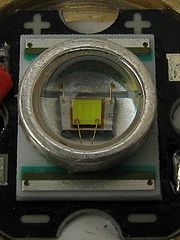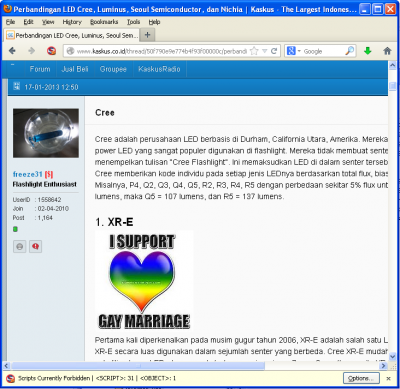When I moved into my house 16 years ago, the furnace was already old, but it worked. The air conditioner was not as old, but it worked too. I had a Georgia Power energy consultant come by back then who said the air conditioner wasn’t that bad. It’s not a name brand of any kind, and I have had to call the repair man a couple of times, but for the most part the system has been pretty reliable. I’m not sure how efficient, but the bottom line is I don’t spend a huge amount on heating and cooling throughout the year, maybe $500 based on the increased usage of power and gas during the summer and winter respectively. So if it wastes energy, it isn’t costing me much.
But when I replaced my refrigerator and started saving a significant chunk of electricity every month, I started thinking I could do better. And that’s true to some extent except that the air conditioner only runs hard for about three months whereas the refrigerator runs all year long. Plus the refrigerator was pretty cheap compared to central air conditioning system.
The other thing is that there are federal tax credits for making your home more efficient, and Georgia Power offers rebates for improvements as well. When I replaced the windows in my house I found that additional cost for meeting the federal tax credits was way more than the tax credit itself and the differences in performance were pretty minor. So for windows I didn’t even try to get the credits, even though the new double pane windows were a big improvement over the original single pane ones.
Continue reading “New Air Conditioner”





